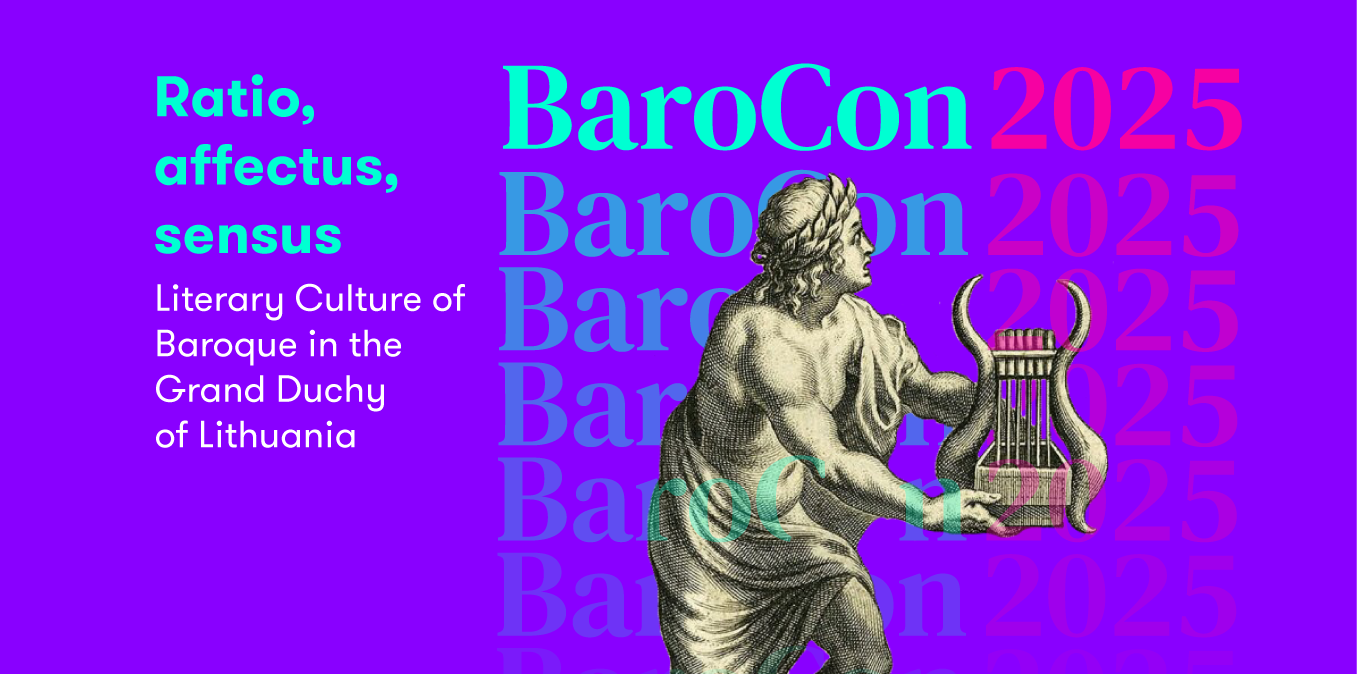
Fatima Eloeva
Baroque Stylization and Geographic Myth-Making: Kristina Sabaliauskaitė and Ismail Kadare’s Reshaping of Cultural Space
Fatima Eloeva
Vilnius University
Baroque Stylization and Geographic Myth-Making: Kristina Sabaliauskaitė and Ismail Kadare’s Reshaping of Cultural Space
Baroque literature, with its emphasis on stylization, spectacle, and symbolic transformation, provides a unique lens through which to analyze the reshaping of historical and geographic realities in modern historical fiction. This paper explores the Baroque-infused strategies of Kristina Sabaliauskaitė’s Silva Rerum cycle and compares them to the mythic and geopolitical transformations of Albania in the works of Ismail Kadare. Sabaliauskaitė meticulously reconstructs the Grand Duchy of Lithuania (GDL) through an aestheticized Baroque framework, emphasizing theatricality, allegory, and the intellectual refinement of the period. By selectively amplifying elements of Vilnius’ cultural and artistic life, she presents an image of the GDL that aligns it more closely with Western European Baroque traditions. Her novel does not simply recreate history; it curates it, enhancing Lithuania’s role within the broader European intellectual and artistic sphere. In contrast, Ismail Kadare employs a different form of geographic and historical reshaping—one that subtly transforms Albania’s natural landscape to make it appear more North-European. By modifying the descriptions of Albania’s mountains, climate, and atmospheric conditions, Kadare creates a mythic, austere, and almost Nordic Albania. This transformation serves both a stylistic and political purpose, reinforcing his themes of isolation, historical burden, and Albania’s complex position between East and West, particularly under Enver Hoxha’s regime. By juxtaposing these two authors, this paper examines how literary stylization—whether through Baroque aesthetics or geographic myth-making—reshapes historical and cultural identity. Ultimately, the comparison highlights how modern historical fiction continues to employ Baroque techniques of excess, illusion, and dramatic reimagination to construct alternative visions of the past.